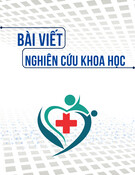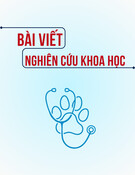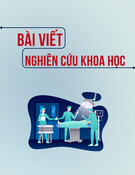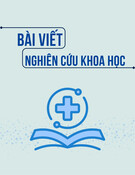Bài giảng BLS: Basic Life Support
Bài giảng BLS: Basic Life Support cung cấp đến bạn những kiến thức về sơ cứu dị vật đường thở; hội chứng xâm nhập; dị vật ở thanh quản; dị vật ở khí quản; ấn tim ngoài lồng ngực; sử dụng máy sốc điện; hồi sức tim phổi;... Mời các bạn cùng tham khảo chi tiết nội dung bài giảng!

Bs. Đào Minh Tùng
Bs. Nguyễn Tam Xuân Kiệt
BLS
Basic Life
Support

MỤC TIÊU
Sơ cứu dị vật đường thở
01
Ấn Tim Ngoài Lồng Ngực
02
Sử dụng máy sốc điện
03

Helping a
Choking Adult
If someone is
choking, they might
use the choking sign
.

CALL 115
ACTION

CALL 115
ACTION






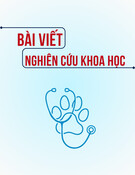









![Tài liệu Triệu chứng học nội khoa [mới nhất]](https://cdn.tailieu.vn/images/document/thumbnail/2025/20251204/oanhlahet@gmail.com/135x160/5231764900514.jpg)
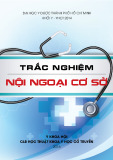

![Bài giảng Vi sinh vật: Đại cương về miễn dịch và ứng dụng [chuẩn nhất]](https://cdn.tailieu.vn/images/document/thumbnail/2025/20251124/royalnguyen223@gmail.com/135x160/49791764038504.jpg)

